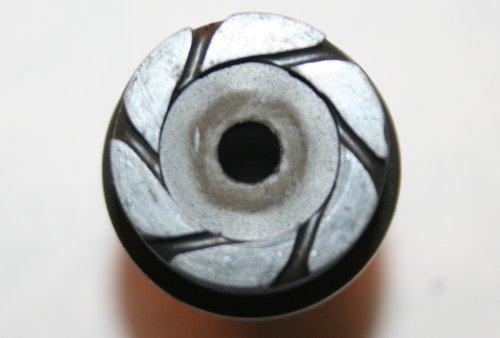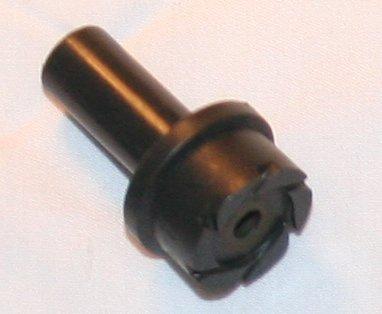

roosterJcogburn
-
Posts
4 -
Joined
-
Last visited
Content Type
Profiles
Forums
Events
Posts posted by roosterJcogburn
-
-
Hi
There is a method of grinding spherical concave mirrors or lenses by spinning the glass blank on a turntable with a grinstone wheel set at right angles to the azis of rotation also spinning. This is no doubt a very practical method of producing a spherical shape.
I wonder however what would be the effect of inclining the plane of the grinstone wheel away from the vertical so that a slant edge was bearing on the glass blank.
What would be the curve mapped out circle,elipse,parabola or hyperbola ? If a parabola then this would be a very cheap way of making astronomical mirrors ?
0 -
We cant tell you exacty how to do it
1 Make some assumptions
2 Draw a picture
3 Decellaration is 32ft/s>2
4 stop -start-top of trajectory
some equtions
Regards Keith
1 -
Hi just read your posts
There seems to be so many variables to these vortex tubes its difficult to know where to start. I made one with 1/2 inch tube and slits simular to tuzi and it did not work well, then I read that they need a lot of air flow. A lot of web videos show the exelair one which is half the size and has a very short hot tube. One thing I did notice from the videos they make a characteristic wizzing noise, a bit like those kids toys you blow into and a wheel rotated very fast.
I am now reading a paper by Chenming Gao of Eindoven Uni which measures all the bits and tries to relate figures to various theories.
He varies length of hot tube, number of nozzles, etc. I would like to do a study (without the math).
I would start with the original spiral there may be something special about it. By the way what makes a golden spiral ? This caught my eye no-one seems to have studies the generation chamber, cylindrical spiral etc. Are yes Chenming recommends a chamfer on the edge entering the hot tube.
Regards chaps
There may be multiple ways of achieving a vortex.
Here are two images of a vortex generator with a different spiral chamber. The incoming ambient compressed air enters the outside diameter and passes through the 6 channels to the center and then away from generator towards the hot side in a vortex.
See Vortex History for info.
Hope that helps some.
0



Leonardo-D.Vinchi Method
in Mathematics
Posted
Hi There
I wish I were more sure of your answer. Considering a grain of carborundum on the surface of said grinding disc. Looking down on the glass blank it describes an eliptical path. Looking into the side of the glass blank it also describes an eliptical path. However it still describes a curcular path in 3d against the glass blank. I would imagine the curve to be complex than an elipse, it may not even be a conical section. (x^2) + (y^2) = r^2 must apply somewhere
There is also the perplexing question of what if the rim of the tilting grinding disc did not intersect the glass blank center. Clearly the disc would have to overlap it so there would not be an unground portion.
Cheers Keith